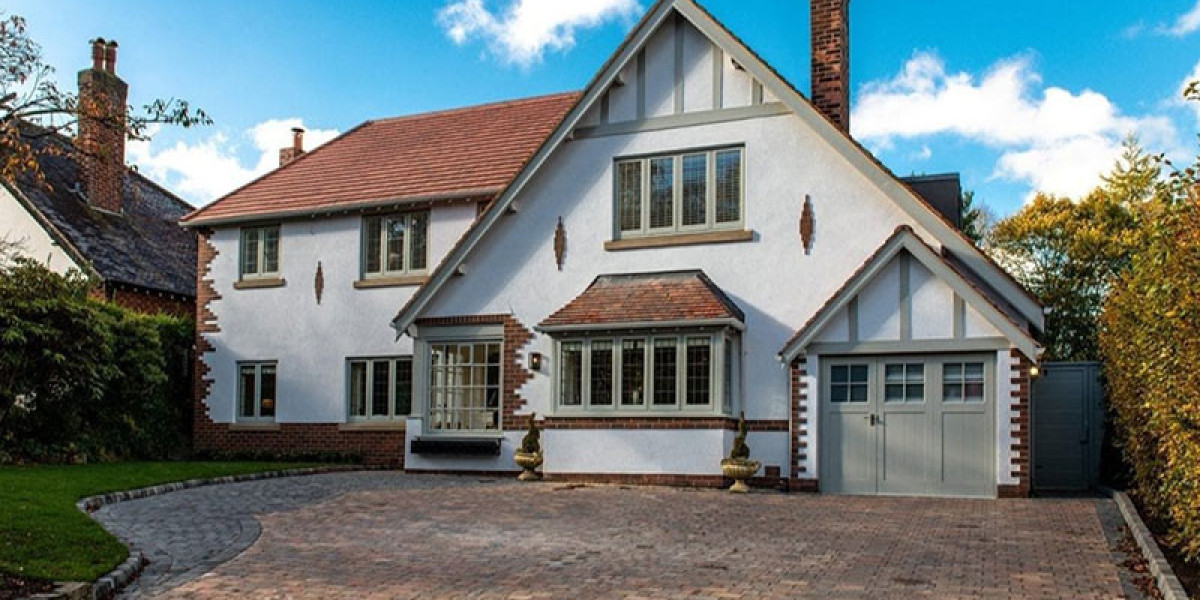Aluminium windows have emerged as a popular choice in modern architecture, offering a blend of aesthetic appeal, durability, and energy efficiency. This article explores the various advantages of aluminium windows, their applications in residential and commercial buildings, and the future trends shaping their development in the construction industry.

Introduction
The choice of window materials has a significant impact on the overall performance and appearance of buildings. Traditionally, wood and vinyl were the predominant materials used for window frames. However, aluminium has gained substantial traction due to its unique properties. This article delves into the characteristics that make aluminium windows a preferred option, including their strength, resistance to corrosion, and design versatility.
Advantages of Aluminium Windows
1. Durability and Strength
Aluminium is a robust material that can withstand harsh environmental conditions without warping, cracking, or fading. Unlike wood, which can be susceptible to rot and insect damage, aluminium windows maintain their structural integrity over time. This durability translates into a longer lifespan for the windows, reducing the need for frequent replacements and repairs.
2. Energy Efficiency
Aluminium windows can be designed with thermal breaks, which are insulating materials placed between the inner and outer frames to reduce heat transfer. This feature enhances energy efficiency, helping to maintain comfortable indoor temperatures and reducing heating and cooling costs. Additionally, aluminium windows can accommodate double or triple glazing, further improving insulation properties.
3. Low Maintenance
One of the standout features of aluminium windows is their low maintenance requirements. Unlike wood, which requires regular painting or staining to protect against the elements, aluminium frames can be easily cleaned with soap and water. They are also resistant to fading and do not require periodic treatments, making them a cost-effective option in the long run.
4. Design Flexibility
Aluminium windows can be manufactured in a wide range of styles, colors, and finishes, allowing for customization to suit various architectural designs. The material can be extruded into thin profiles, enabling larger panes of glass and maximizing natural light in living spaces. This design flexibility makes aluminium windows suitable for both contemporary and traditional buildings.
5. Environmental Impact
Aluminium is a highly recyclable material, with a recycling rate of over 90%. The recycling process requires only a fraction of the energy needed to produce new aluminium, making it an environmentally friendly choice. By choosing aluminium windows, homeowners and builders can contribute to sustainability efforts and minimize their carbon footprint.
Applications of Aluminium Windows
Aluminium windows are versatile and can be used in various applications, including:
1. Residential Buildings
In residential settings, https://clean.uk.com aluminium windows are commonly used in new construction and renovation projects. Their sleek appearance and ability to accommodate large glass panels make them a popular choice for modern homes. Additionally, homeowners appreciate the energy efficiency and low maintenance requirements of aluminium windows.
2. Commercial Buildings
In commercial architecture, aluminium windows are favored for their durability and aesthetic appeal. They are often used in office buildings, retail spaces, and hotels, where large expanses of glass are desired to create an inviting atmosphere. The strength of aluminium also makes it suitable for high-rise buildings, where window frames must withstand wind loads and other structural stresses.
3. Architectural Innovations
Aluminium windows have played a significant role in architectural innovations, such as bi-fold doors and curtain wall systems. Bi-fold doors, made primarily from aluminium, allow for seamless transitions between indoor and outdoor spaces, enhancing the functionality of residential and commercial properties. Curtain wall systems utilize aluminium frames to create non-structural cladding for buildings, providing an aesthetic façade while allowing for flexibility in design.
Future Trends in Aluminium Windows
As technology continues to advance, several trends are shaping the future of aluminium windows:
1. Smart Technology Integration
The integration of smart technology into aluminium windows is becoming increasingly prevalent. Features such as automated opening and closing mechanisms, integrated sensors for temperature and light control, and smart glass that adjusts opacity based on sunlight exposure are gaining popularity. These innovations enhance convenience and energy efficiency, making aluminium windows more appealing to tech-savvy consumers.
2. Enhanced Thermal Performance
Research and development efforts are focused on improving the thermal performance of aluminium windows. New materials and design techniques are being explored to create even more effective thermal breaks and insulation systems. This trend aligns with the growing demand for energy-efficient building solutions and may lead to stricter regulations regarding window performance in the future.
3. Sustainable Practices
As sustainability becomes a top priority in the construction industry, manufacturers of aluminium windows are adopting greener practices. This includes sourcing materials from responsible suppliers, reducing waste during production, and enhancing the recyclability of products. The emphasis on sustainability is likely to drive further innovation in the design and manufacturing of aluminium windows.
4. Customization and Personalization
Consumers are increasingly seeking personalized products that reflect their individual tastes and preferences. In response, manufacturers are offering more customization options for aluminium windows, including a wider range of colors, finishes, and hardware choices. This trend allows homeowners and builders to create unique designs that complement their overall architectural vision.
Conclusion
Aluminium windows offer a compelling combination of durability, energy efficiency, and design flexibility, making them an ideal choice for a wide range of applications. As technology advances and sustainability becomes a priority, the future of aluminium windows looks promising, with innovations that will enhance their performance and appeal. Builders, architects, and homeowners alike can benefit from the advantages of aluminium windows, ensuring that they remain a staple in modern architecture for years to come.







